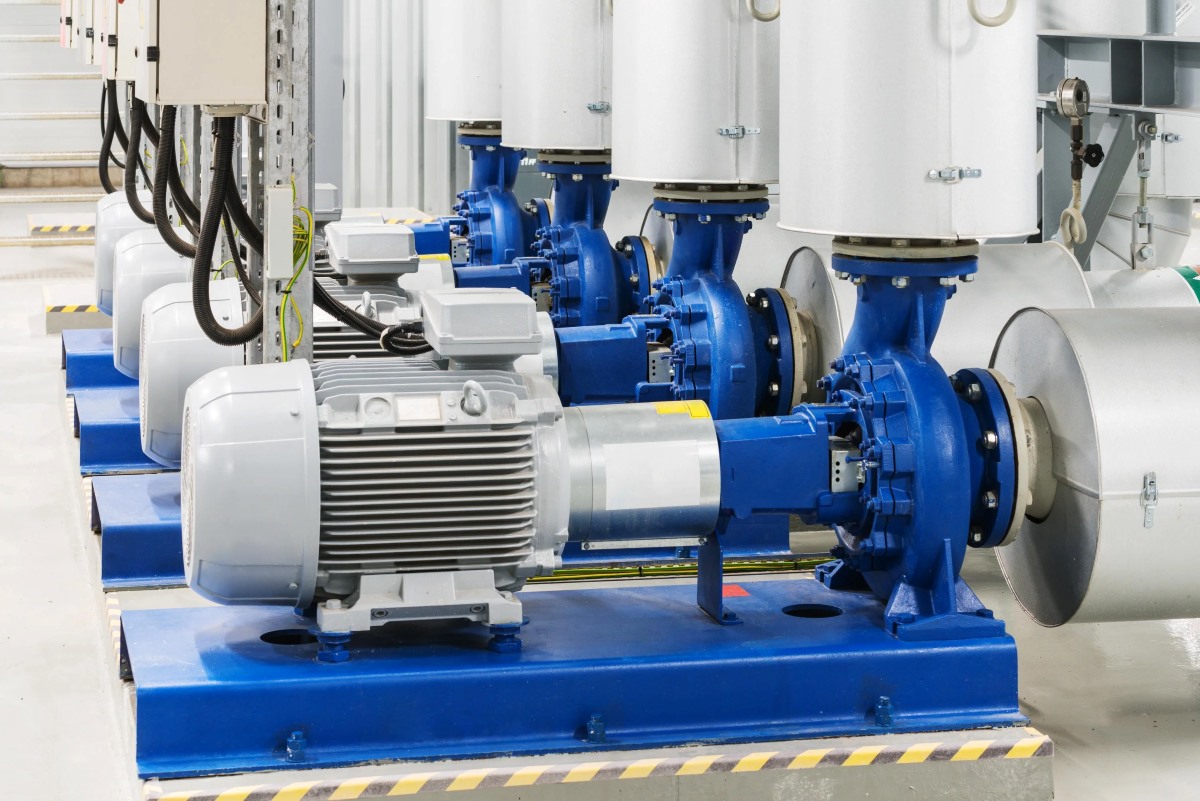

Articles
How Do I Know If My Water Pump Is Working?
Modified: April 22, 2024
Learn how to determine if your water pump is functioning properly with this informative article. Find out the signs to look for and what to do if you suspect an issue.
(Many of the links in this article redirect to a specific reviewed product. Your purchase of these products through affiliate links helps to generate commission for Storables.com, at no extra cost. Learn more)
Introduction
Water pumps play a crucial role in the functioning of various systems, from the cooling system in your car to the water delivery system in your home. It’s important to ensure that your water pump is working efficiently to avoid potential issues and costly repairs down the line.
Knowing how to determine if your water pump is working properly can help you identify any potential problems early on and take the necessary corrective measures. In this article, we will explore the signs of a malfunctioning water pump and guide you through the diagnostic steps to ensure its optimal functioning.
Whether you suspect a problem with your car’s cooling system or notice a decrease in water pressure in your home, being able to assess the functionality of your water pump is essential. By paying attention to specific indicators and performing simple tests, you can gain valuable insights into the health of your water pump.
With that said, let’s dive into the various signs that may indicate a malfunctioning water pump and learn how to effectively diagnose any issues to keep your systems running smoothly.
Key Takeaways:
- Regularly checking for signs of a malfunctioning water pump, such as overheating, low water pressure, and leaks, can help prevent costly repairs and ensure the efficient operation of your systems.
- Performing diagnostic steps, including visual inspection, listening for unusual noises, and checking for leaks, can help accurately determine the condition of your water pump and address any potential issues promptly.
Read more: How Do I Know If My Air Purifier Is Working
Signs of a Malfunctioning Water Pump
When a water pump is not working properly, it can lead to a range of problems in the system it is a part of. Here are some common signs that may indicate a malfunctioning water pump:
- Overheating: One of the primary functions of a water pump is to keep the engine or system cool by circulating coolant. If the water pump fails, it can result in inadequate coolant flow, leading to overheating. Pay attention to the temperature gauge on your dashboard; if it consistently shows high temperatures, it could be a sign of a malfunctioning water pump.
- Low Water Pressure: In a residential setting, a malfunctioning water pump can lead to decreased water pressure in faucets, showers, or other plumbing fixtures. If you notice a significant reduction in water pressure, it’s worth examining the water pump as a potential culprit.
- Noisy Operation: Unusual noises coming from the water pump can be an indication of a problem. A screeching or grinding sound could suggest worn-out bearings, while a whining noise may indicate a faulty impeller. Pay attention to any abnormal sounds during operation.
- Leaking Coolant: A malfunctioning water pump can lead to coolant leaks. Check around the water pump for any visible signs of leaks, such as coolant puddles or stains. Additionally, if you notice a sweet smell coming from the engine compartment, it could be a sign of leaking coolant.
- Fluid Leakage: Apart from coolant leaks, a malfunctioning water pump may also lead to fluid leaks from the pump itself. If you notice any drips or puddles of fluid under the water pump, it’s a clear indication that there is a problem that needs to be addressed.
These are just a few of the common signs that may suggest a malfunctioning water pump. It’s important to address these issues promptly to prevent further damage and ensure the efficient operation of the system it is connected to.
In the next section, we will discuss the diagnostic steps to help you accurately determine if your water pump is indeed malfunctioning.
Diagnostic Steps
When it comes to diagnosing a malfunctioning water pump, a systematic approach is essential. Here are the steps you can take to accurately determine if your water pump is causing any issues:
- Visual Inspection: Start by visually examining the water pump for any obvious signs of damage, leaks, or loose connections. Look for coolant stains, dripping fluids, or any worn-out components. Note any abnormalities or visible issues that may require further attention.
- Listen for Unusual Noises: With the engine or system running, listen carefully for any strange noises coming from the water pump. Grinding, screeching, or whining sounds can indicate bearing or impeller problems. These noises may suggest that the water pump needs to be replaced.
- Check for Leaks: Inspect the area around the water pump and hoses for any signs of coolant leaks. Look for puddles, stains, or a sweet smell that could indicate a leaking water pump. Leaks can be a clear indication that the water pump is not functioning properly and needs attention.
- Inspect the Water Pressure: In a residential setting, check the water pressure in your faucets and showers. If the pressure is significantly lower than usual, it could be a sign of a malfunctioning water pump or a blockage in the system. Ensure that other factors, such as a closed shut-off valve, are not causing the issue before concluding that the water pump is at fault.
- Observe Temperature Fluctuations: Monitor the temperature gauge on your dashboard or the operating temperature of the system. If you notice that the temperature is consistently higher than normal, it could indicate a malfunctioning water pump. Overheating is a serious issue that should be addressed promptly to prevent damage to the engine or system.
These diagnostic steps will help you gather valuable information about the condition of your water pump and identify any potential problems. However, it’s important to note that these steps can provide initial indications but may not provide a definitive diagnosis. If you are unsure or suspect significant issues with your water pump, it’s recommended to seek professional assistance.
Now that you have performed a visual inspection and assessed some primary indicators, let’s explore additional tests that can provide further insights into the functionality of your water pump.
Visual Inspection
Performing a visual inspection is a crucial step in diagnosing a malfunctioning water pump. It allows you to identify any visible signs of damage, leaks, or loose connections. Here’s how you can conduct a thorough visual inspection:
- Start by opening the hood of your car or accessing the area where the water pump is located. In a residential setting, the water pump is usually found near the pressure tank or water supply line.
- Look closely at the water pump and its surrounding components. Check for any coolant stains, wet spots, or signs of leakage. A visible puddle of coolant or dripping fluids is a clear indication of a water pump issue.
- Inspect the hoses connected to the water pump. Look for any cracks, bulges, or signs of wear. Replace any damaged hoses as they can affect the proper functioning of the water pump.
- Check the water pump pulley for any wobbling or misalignment. A loose or damaged pulley can cause the water pump to operate inefficiently or may indicate a problem with the belt tension.
- Examine the water pump housing for any cracks, corrosion, or damage. These issues can affect the pump’s ability to circulate coolant effectively. If you notice any significant damage, it may be necessary to replace the water pump.
- Ensure that all connections and fasteners around the water pump are tight and secure. Loose connections can lead to coolant leaks or affect the overall performance of the water pump.
During the visual inspection, it’s essential to observe any abnormalities or visual cues that may suggest a malfunctioning water pump. Look for any obvious signs of damage, leaks, or loose components. Note any issues that you observe as they may require further investigation or repair.
While a visual inspection can provide valuable insights, it is important to remember that it may not identify underlying issues that are not visible to the naked eye. If you suspect significant problems with your water pump or are unsure about its condition, it is recommended to consult a professional for a more comprehensive assessment.
In the next section, we will discuss another important aspect of diagnosing a malfunctioning water pump – listening for unusual noises.
Listen for Unusual Noises
When diagnosing a malfunctioning water pump, listening for unusual noises can provide valuable clues about its condition. Certain sounds can indicate problems with the bearings, impeller, or overall functionality of the water pump. Here’s what you need to do:
- Start the engine or the system that the water pump is a part of. Let it run and reach normal operating temperature.
- Listen carefully for any abnormal noises coming from the area of the water pump. Pay attention to the sound of the engine or system in general, as well as any specific noises originating from the water pump itself.
- If you hear a screeching or grinding noise, it could indicate worn-out bearings in the water pump. Over time, the bearings can wear down and create friction, resulting in these unpleasant sounds. A screeching noise is often a sign that the water pump is in need of replacement.
- A whining noise, on the other hand, may suggest a problem with the impeller. The impeller is responsible for circulating coolant or water, and a faulty impeller can create a whining sound during operation. If you suspect an issue with the impeller, it may be necessary to replace the water pump.
- Pay attention to any other unusual noises that you notice. Clanking, rattling, or knocking sounds are not typical for a properly functioning water pump. These noises could indicate loose components, a damaged pulley, or other mechanical problems that require attention.
Listening for unusual noises can help you pinpoint specific issues with your water pump. If you hear any sounds that are out of the ordinary, it is important to address them promptly to avoid further damage or system failures.
It’s important to note that some engine or system noises may sound similar to water pump issues. To get a more accurate assessment, it is recommended to seek professional advice if you’re unsure about the source of the problem.
Next, we will discuss another crucial aspect of diagnosing a malfunctioning water pump – checking for leaks.
Read more: Why Is My Water Pump Not Working
Check for Leaks
Checking for leaks is a vital step in diagnosing a malfunctioning water pump. A leak can indicate a problem with the water pump itself or with the connections and components surrounding it. Here’s how you can effectively check for leaks:
- Inspect the area around the water pump for any visible signs of coolant leaks. Look for coolant stains, wet spots, or dripping fluids. Coolant is typically bright green, orange, or pink in color, making it easier to identify.
- Check the water pump housing for any cracks or damage. Damaged housing can result in coolant leaks, impacting the water pump’s ability to circulate coolant effectively.
- Examine the water pump gasket for any signs of wear or deterioration. A faulty or deteriorated gasket can cause coolant to leak from the water pump. In such cases, replacing the gasket may resolve the issue.
- Inspect the hoses connected to the water pump for any visible leaks. Look for cracks, bulges, or wet spots. Damaged hoses can lead to coolant leaks, affecting the performance of the water pump.
- Check the fittings and connections around the water pump for any signs of leakage. Ensure that all connections are tight and secure. Loose connections can result in coolant leaks and should be addressed promptly.
- Pay attention to any coolant odor coming from the engine compartment. A sweet smell is often an indication of coolant leakage. If you notice this smell, carefully inspect the water pump and its surrounding components for any signs of leaks.
It’s important to address any leaks promptly, as they can lead to further damage or system failures. Depending on the severity of the leak, it may be necessary to replace the water pump, gasket, or hoses to resolve the issue.
If you are unsure about the source of the leak or need assistance with repairs, it is recommended to consult a professional mechanic or plumber who can accurately identify and fix the problem.
Next, we will discuss how to inspect the water pressure as part of diagnosing a malfunctioning water pump.
If you suspect your water pump is not working, check for signs such as engine overheating, coolant leaks, or a whining noise coming from the pump. Also, inspect the water pump for any visible damage or corrosion.
Inspect the Water Pressure
Inspecting the water pressure is an important step in diagnosing a malfunctioning water pump, especially in a residential setting. A decrease in water pressure can indicate a problem with the water pump or a blockage in the system. Here’s how you can effectively inspect the water pressure:
- Start by turning on multiple faucets or showers in your home. Ensure that no other water-consuming appliances, such as dishwashers or washing machines, are running at the same time.
- Observe the water pressure from each faucet or shower. If you notice a significant decrease in water pressure across multiple outlets, it could be a sign of a malfunctioning water pump or a problem with the water supply system.
- Compare the current water pressure to the normal water pressure in your home. If the pressure is consistently lower than what you’re accustomed to, it’s worth investigating further.
- Verify that there are no shut-off valves partially closed, which could affect the water pressure. Ensure that all valves are fully open to allow for maximum water flow.
- If you have a pressure tank connected to your water pump system, check the pressure gauge on the tank. The gauge should display a pressure level within the optimal range for your system. If the pressure is too low, it may indicate a problem with the water pump or pressure tank.
- If you have access to a pressure gauge, you can also connect it to a faucet or hose bib to get an accurate reading of the water pressure. Compare the reading to the recommended pressure for your system to determine if it falls within the acceptable range.
Inspecting the water pressure is particularly relevant in residential systems where the water pump supplies water to the entire home. A decrease in water pressure can affect the functionality of various fixtures and appliances, indicating a problem with the water pump or the overall water supply system.
If you are unable to determine the cause of the low water pressure or suspect a significant issue with your water pump, it’s advisable to consult a professional plumber who can provide a more accurate assessment and assist with necessary repairs.
In the next section, we will discuss how temperature fluctuations can be an indicator of a malfunctioning water pump.
Observe Temperature Fluctuations
Observing temperature fluctuations is an important aspect of diagnosing a malfunctioning water pump, particularly in automotive applications. If the water pump is not functioning properly, it can lead to overheating or inconsistent temperature levels. Here’s how you can effectively observe temperature fluctuations:
- Start the engine and let it run until it reaches normal operating temperature. This usually takes a few minutes.
- Observe the temperature gauge on your dashboard or the temperature indicator of the system. The gauge should remain relatively steady within the normal temperature range during regular operation.
- If you notice fluctuations in the temperature gauge, with the needle quickly rising and falling, it could indicate a malfunctioning water pump. Inconsistent temperature levels often suggest an issue with coolant circulation or inadequate heat dissipation.
- Pay attention to any signs of overheating, such as steam coming from the engine compartment, a strong smell of overheated coolant, or an excessively high temperature reading on the gauge. These symptoms may point to a serious water pump problem that requires immediate attention.
- Keep in mind that temperature fluctuations can also be caused by other factors, such as a malfunctioning thermostat or a blocked radiator. It’s important to consider all possible sources of the issue and rule them out or address them accordingly.
- Note that temperature fluctuations may not always be visible on the temperature gauge. If you suspect a problem with your water pump but do not see any clear indications on the gauge, it is recommended to conduct further diagnostic tests or seek professional assistance.
Observing temperature fluctuations is particularly relevant in automotive applications, as a malfunctioning water pump can lead to engine overheating and potentially severe damage. It is crucial to address any temperature-related issues promptly to prevent further complications.
If you are unsure about the cause of temperature fluctuations or suspect a significant problem with your water pump, it is advisable to consult a professional mechanic who can accurately assess the situation and provide appropriate solutions.
In the next section, we will discuss how to perform a cooling system pressure test as part of diagnosing a malfunctioning water pump.
Perform a Cooling System Pressure Test
A cooling system pressure test is a valuable diagnostic tool for identifying issues with the water pump and other components of the cooling system. This test allows you to assess the integrity of the system and determine if there are any leaks or pressure-related problems. Here’s how you can perform a cooling system pressure test:
- Start with a cool engine. Make sure the engine has been turned off for a sufficient amount of time to avoid any potential injuries from hot coolant or steam.
- Remove the radiator cap or reservoir cap. Take caution as there may still be pressure in the system, so wear protective gloves and eye goggles.
- Insert a cooling system pressure tester into the radiator or reservoir opening. Securely attach the tester to create an airtight seal.
- Pump the pressure tester to increase the pressure in the cooling system. Refer to the manufacturer’s instructions for the recommended pressure level specific to your vehicle or system.
- Once the pressure is stabilized, carefully observe the pressure gauge on the tester. It should remain steady within the specified range. If the pressure drops significantly, it could indicate a leak in the system, which may be attributed to a malfunctioning water pump.
- Inspect the hoses, connections, and the water pump itself for any signs of leaks while the pressure is still applied. Look for coolant drips, wet spots, or bubbles forming that may indicate a leak. Note any areas where leaks are detected for further investigation or repair.
- Release the pressure from the cooling system by slowly turning the pressure tester counterclockwise or using the release valve, following the manufacturer’s instructions.
- Replace the radiator cap or reservoir cap once the pressure is fully released.
A cooling system pressure test helps identify coolant leaks and any pressure-related problems in the system. If the pressure drops significantly during the test, it’s an indication that there may be a leak, and the water pump could be one of the potential sources. It’s important to address any leaks promptly to prevent further damage and ensure the proper functioning of the cooling system.
If you are unfamiliar or uncomfortable performing a cooling system pressure test on your own, it is recommended to consult a professional mechanic who has the expertise and proper equipment to conduct this test accurately.
Now that we have covered the diagnostic steps for determining if your water pump is malfunctioning, let’s summarize the key points before concluding.
Read more: Why Is My Rv Water Pump Not Working
Test the Coolant Flow
Testing the coolant flow is another important step in diagnosing a malfunctioning water pump. It allows you to assess whether the coolant is circulating properly through the system, which is a key function of the water pump. Here’s how you can test the coolant flow:
- Ensure that the engine or system is cool before beginning the test. This will help prevent any potential injuries.
- Locate the inlet and outlet hoses connected to the water pump. These hoses are responsible for carrying the coolant into and out of the pump.
- Start the engine or activate the system to initiate coolant circulation.
- Observe the flow of coolant through the hoses. It should be consistent and relatively strong. If you notice a weak or intermittent flow, it could indicate a problem with the water pump.
- Check for any blockages in the hoses or at the water pump itself. Debris, sediment, or air pockets can impede the flow of coolant and affect the functionality of the water pump.
- If there is a noticeable lack of coolant flow or you suspect an issue with the water pump, it may be necessary to remove the water pump for a more thorough inspection or seek the expertise of a professional mechanic.
- Monitor the coolant temperature as well. If the coolant is not being circulated properly, it can result in overheating or temperature fluctuations.
- Be cautious of hot coolant or steam during the testing process. Use appropriate safety measures, such as gloves and eye protection, to avoid burns or injuries.
Testing the coolant flow helps assess the functionality of the water pump and ensures that coolant is circulating effectively throughout the system. A weak or restricted flow can indicate a problem with the water pump or other components that may need to be addressed.
If you are uncertain about performing the coolant flow test or suspect underlying issues with your water pump, it is recommended to consult a professional mechanic who can accurately diagnose the problem and recommend the necessary repairs.
Next, we will discuss another common indicator of a malfunctioning water pump – checking for overheating.
Check for Overheating
Checking for overheating is a crucial step in diagnosing a malfunctioning water pump. An overheating engine or system can be indicative of issues with coolant circulation, which is directly related to the functionality of the water pump. Here’s how you can effectively check for overheating:
- Start the engine or activate the system and allow it to run for a sufficient amount of time to reach normal operating temperature.
- Monitor the temperature gauge on your dashboard or the temperature indicator specific to your system. The gauge should remain within the normal temperature range during regular operation.
- If you notice that the temperature gauge consistently indicates high temperatures or rises rapidly, it could be a sign of a malfunctioning water pump. Inadequate coolant circulation due to a faulty water pump can lead to overheating.
- Observe for any of the common signs of overheating, such as steam coming from the engine compartment, a strong smell of overheated coolant, or coolant boiling over in the reservoir. These symptoms may indicate a severe water pump problem that requires immediate attention.
- Inspect the coolant level in the reservoir or radiator. A significantly low coolant level can also contribute to overheating and may be related to a malfunctioning water pump.
- Check that the radiator fan is functioning properly. The fan plays a crucial role in maintaining the optimal temperature by cooling the radiator. If the fan is not functioning correctly, it can contribute to overheating issues.
- If you suspect that the water pump is causing the overheating or if you are unsure about the cause, it is recommended to consult a professional mechanic who can conduct a more thorough diagnostic and provide the necessary repairs.
Checking for overheating is essential to prevent engine or system damage and ensure the efficient operation of the cooling system. If you notice consistent overheating or experience any of the associated symptoms, it’s crucial to address them promptly to avoid further complications.
Keep in mind that overheating issues may not always be solely caused by a malfunctioning water pump. Other factors, such as a malfunctioning thermostat or a blocked radiator, could also contribute to the problem. It’s important to consider all possible sources and seek professional guidance for an accurate diagnosis.
Now that we have covered the key diagnostic steps, let’s summarize the information before concluding.
Conclusion
Being able to determine whether your water pump is working properly is crucial in maintaining the functionality of various systems, from automotive cooling systems to residential water delivery systems. By paying attention to certain signs and performing diagnostic steps, you can identify any issues with your water pump early on and take the necessary corrective measures.
In this article, we discussed the signs of a malfunctioning water pump, including overheating, low water pressure, noisy operation, coolant leaks, and fluid leakage. These signs can serve as indicators that something may be wrong with the water pump and prompt further investigation.
We explored the diagnostic steps you can take to assess the condition of your water pump. These steps include visual inspection, listening for unusual noises, checking for leaks, inspecting water pressure, observing temperature fluctuations, performing a cooling system pressure test, and testing the coolant flow.
Throughout the diagnostic process, it’s important to approach the inspection with a systematic mindset and consider all possible factors that may contribute to the observed issues. It’s also important to exercise caution and take appropriate safety measures when working with coolant and hot engine components.
If you are unsure about the source of the problem or suspect significant issues with your water pump, it is recommended to consult a professional mechanic or plumber who has the expertise and knowledge to accurately diagnose and address the problem.
Remember, early detection and timely intervention can help prevent further damage and costly repairs in the long run. By proactive monitoring and addressing any potential issues with your water pump, you can ensure the efficient operation and longevity of the systems it is a part of.
Thank you for reading this article, and we hope that the information provided has been helpful in your understanding of how to determine if your water pump is working properly.
Frequently Asked Questions about How Do I Know If My Water Pump Is Working?
Was this page helpful?
At Storables.com, we guarantee accurate and reliable information. Our content, validated by Expert Board Contributors, is crafted following stringent Editorial Policies. We're committed to providing you with well-researched, expert-backed insights for all your informational needs.
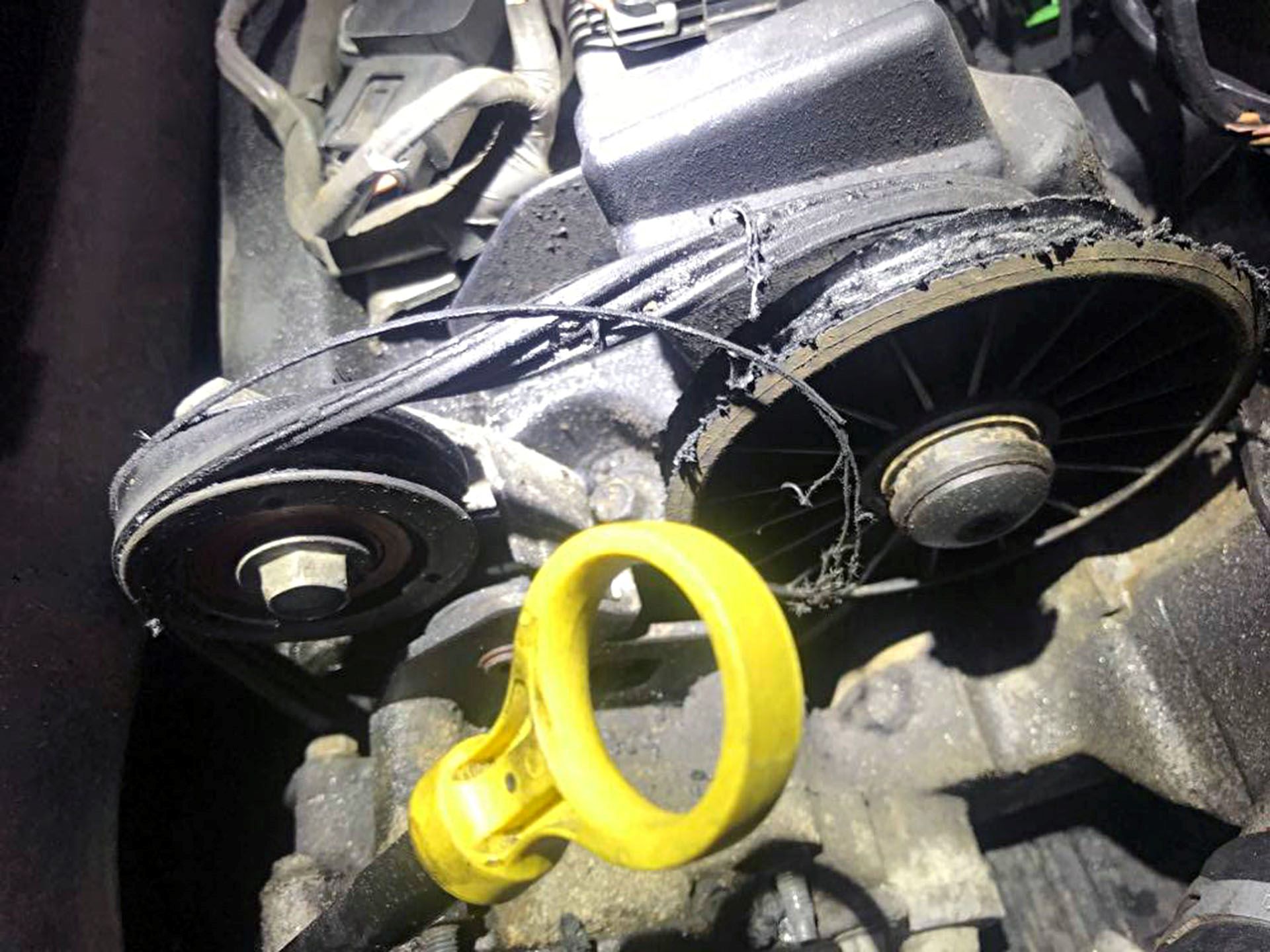
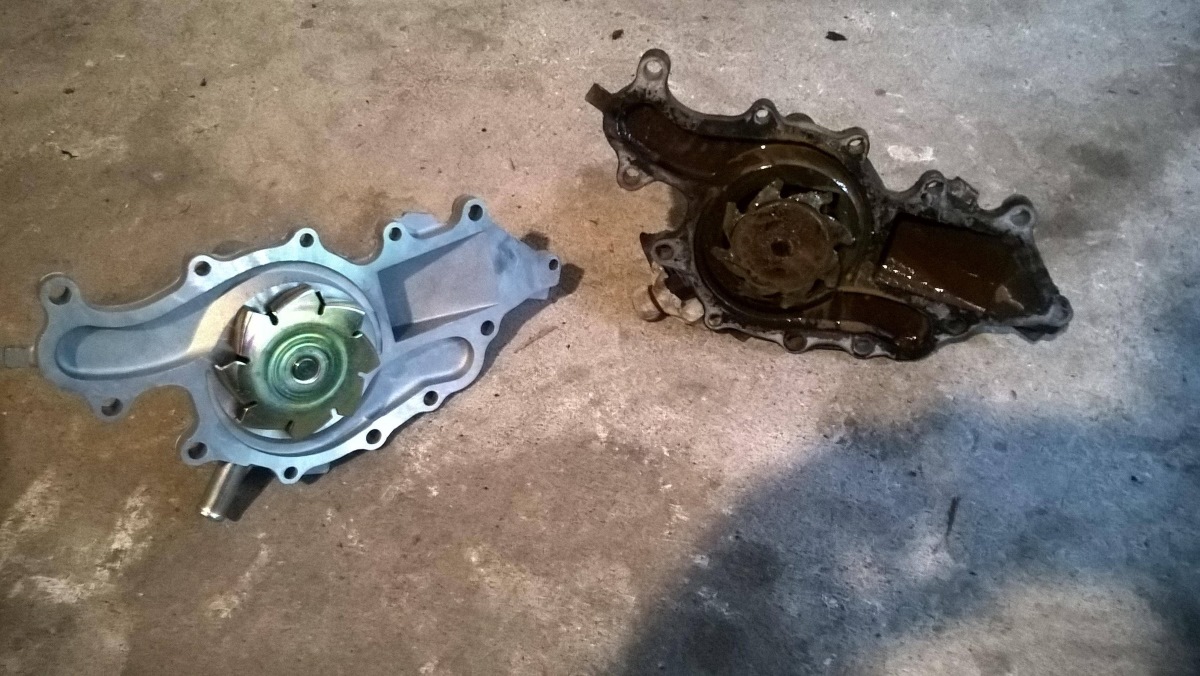
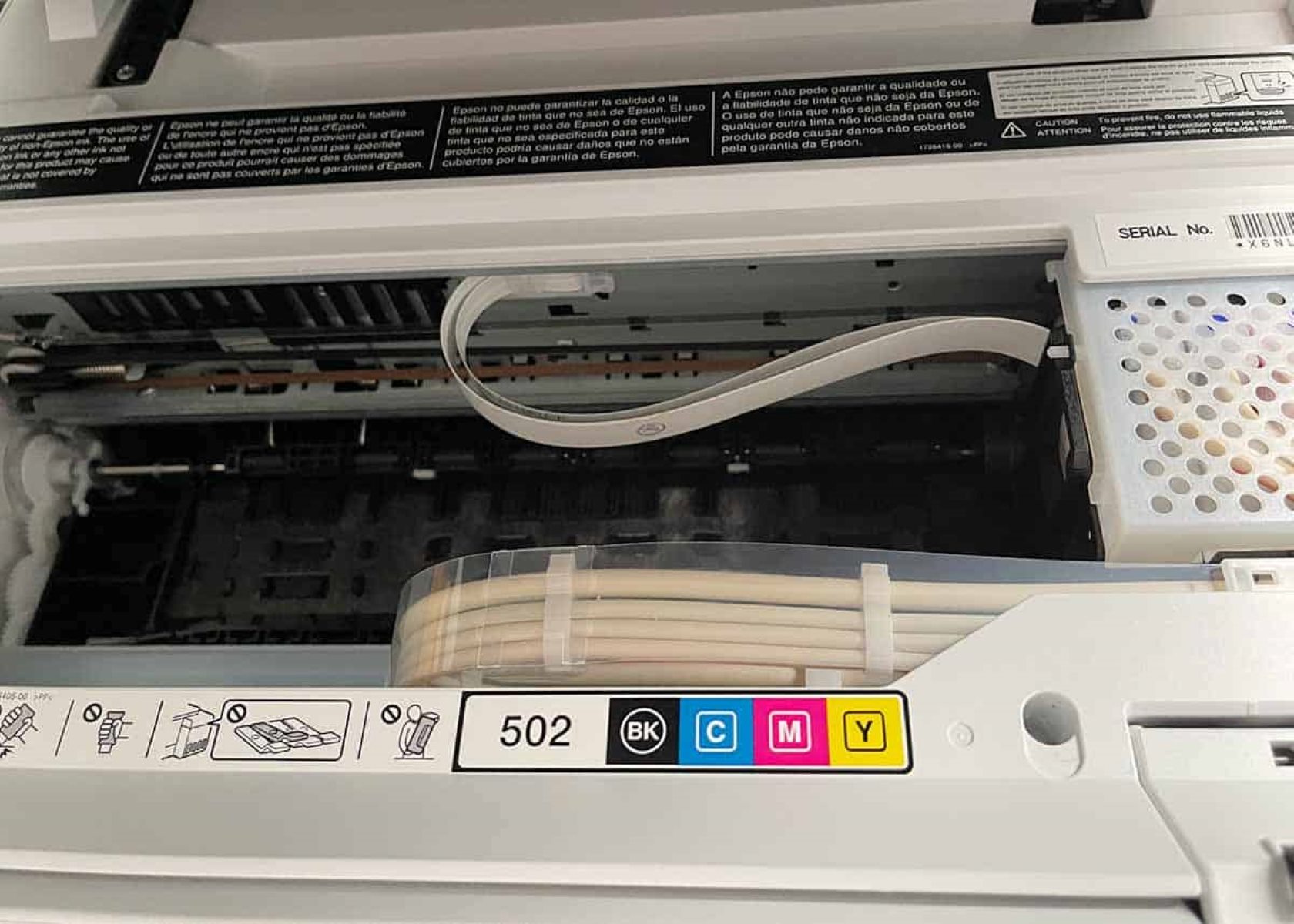
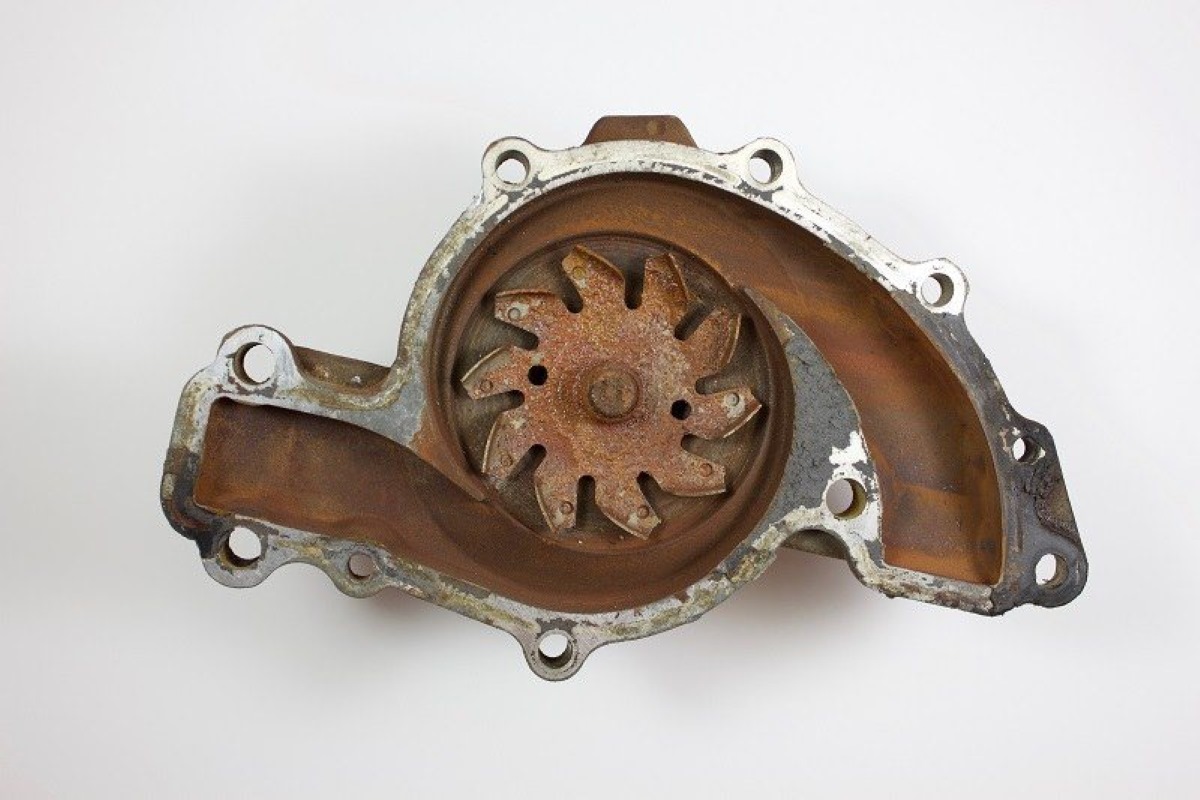
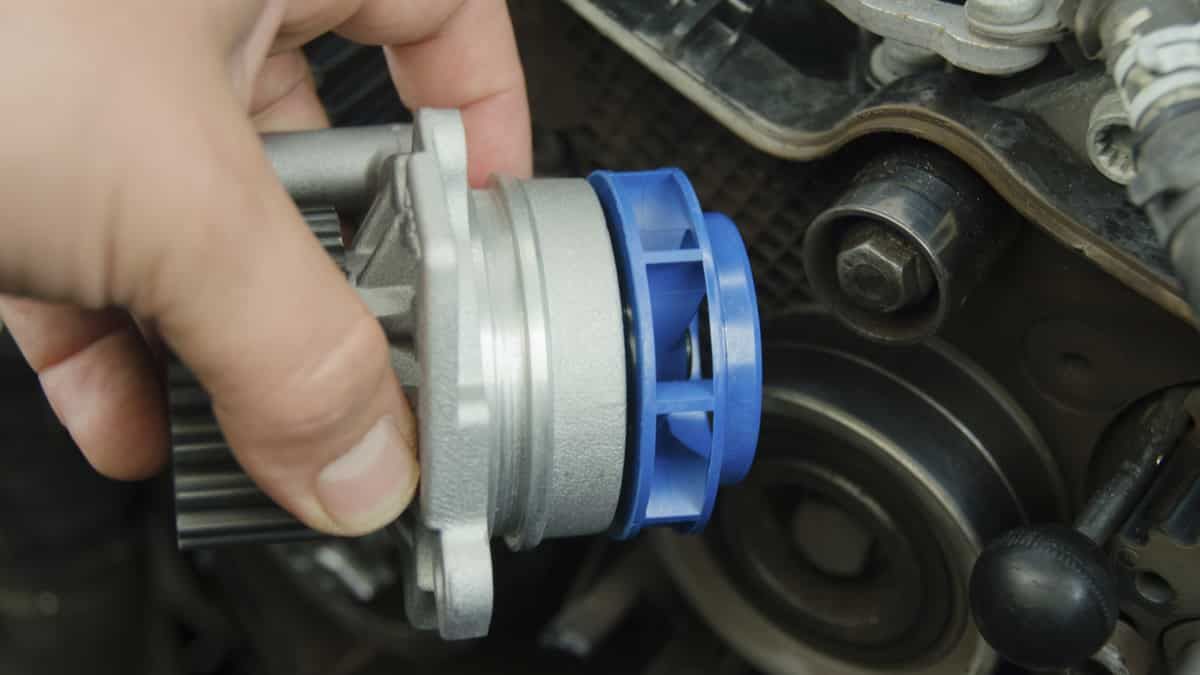
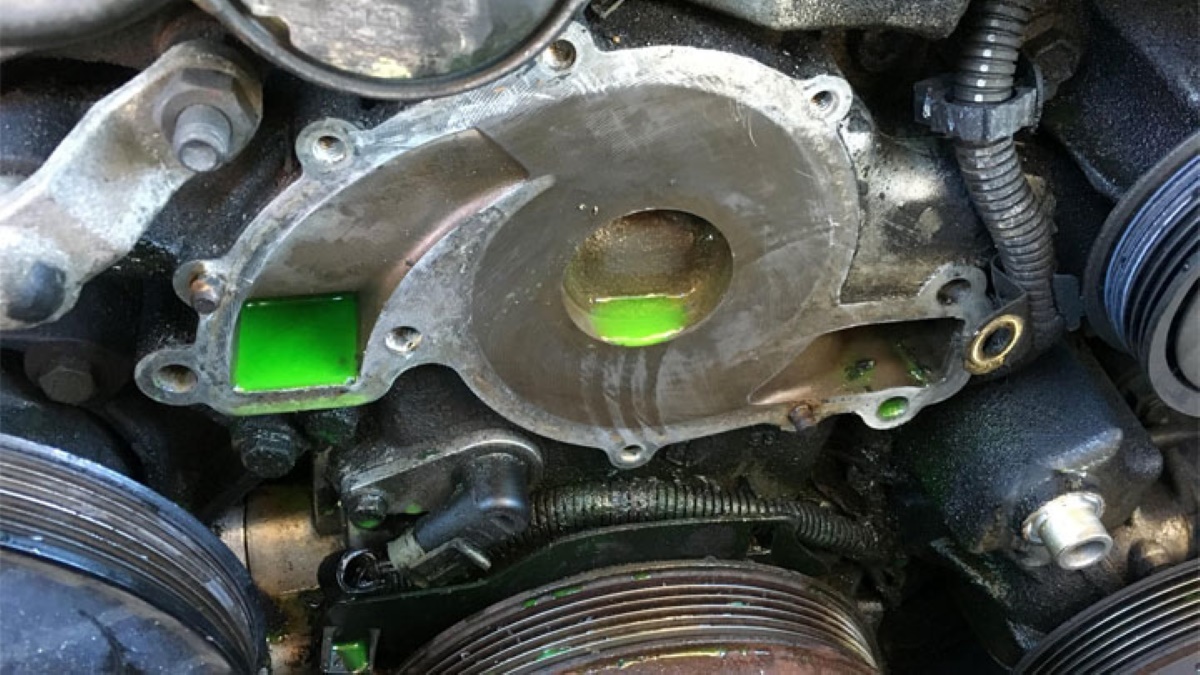
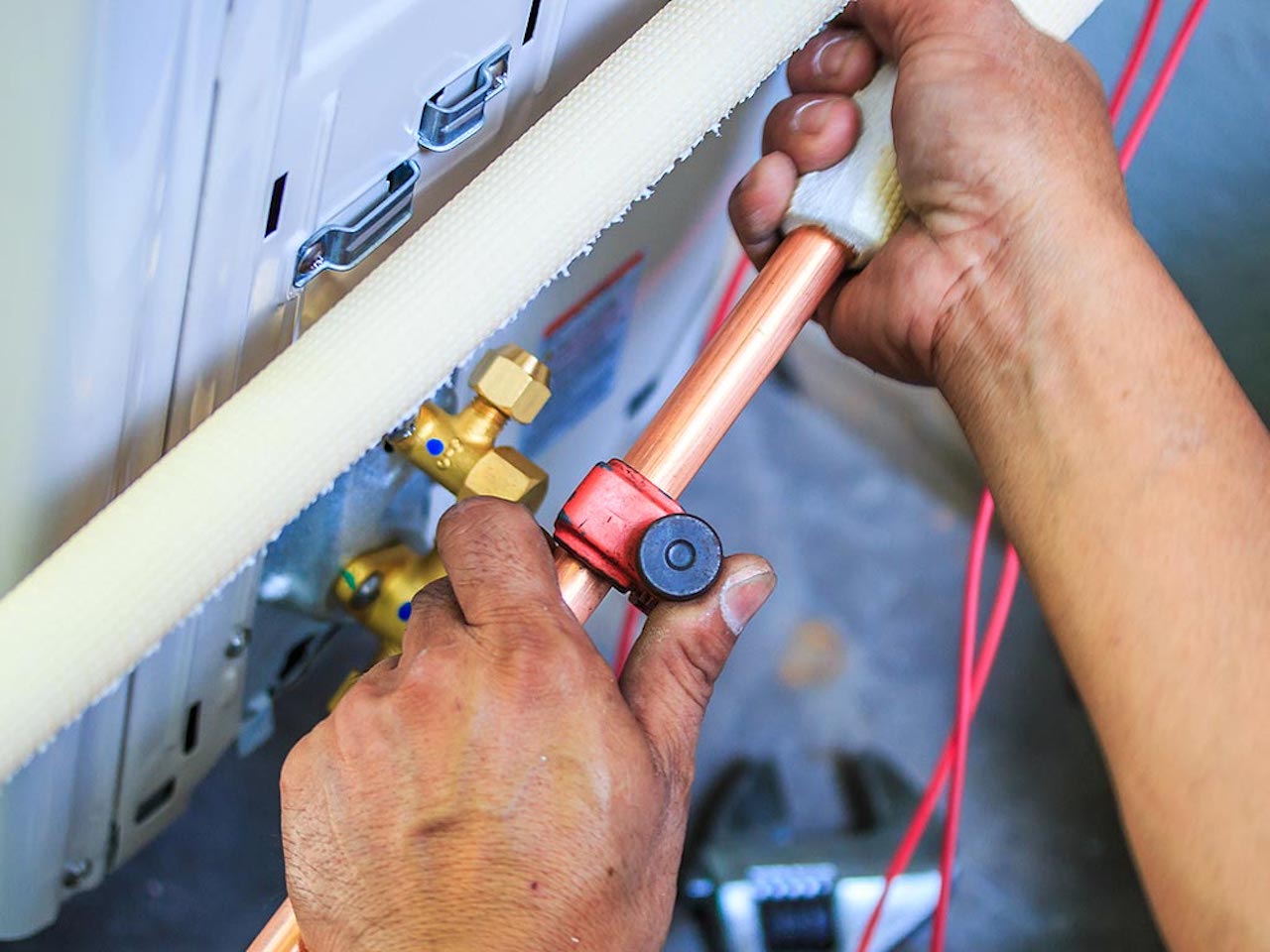
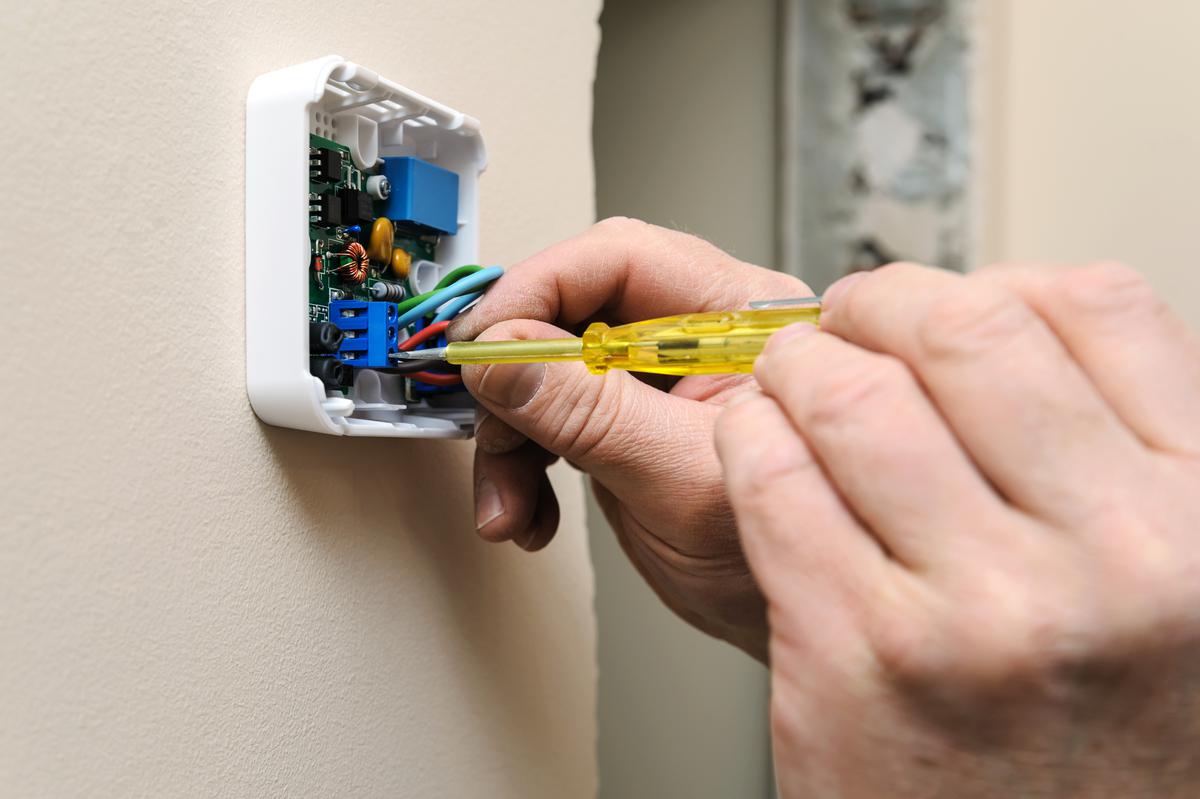


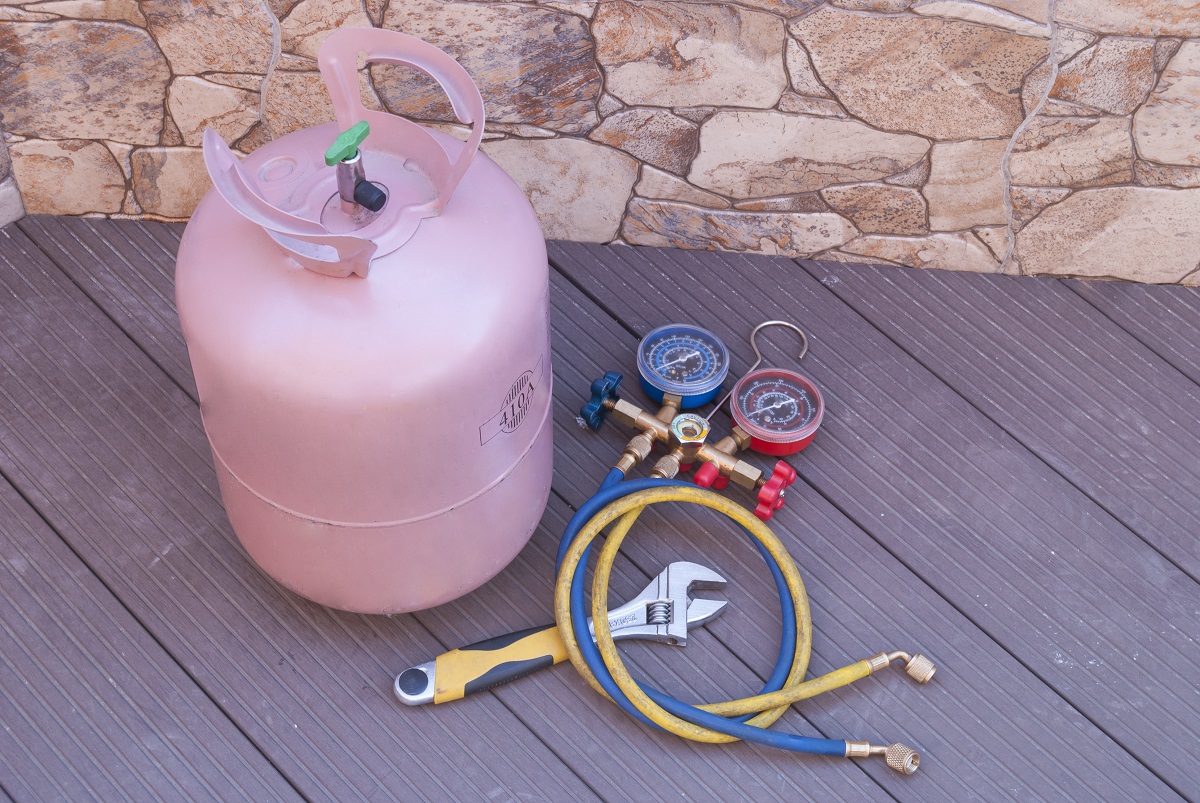

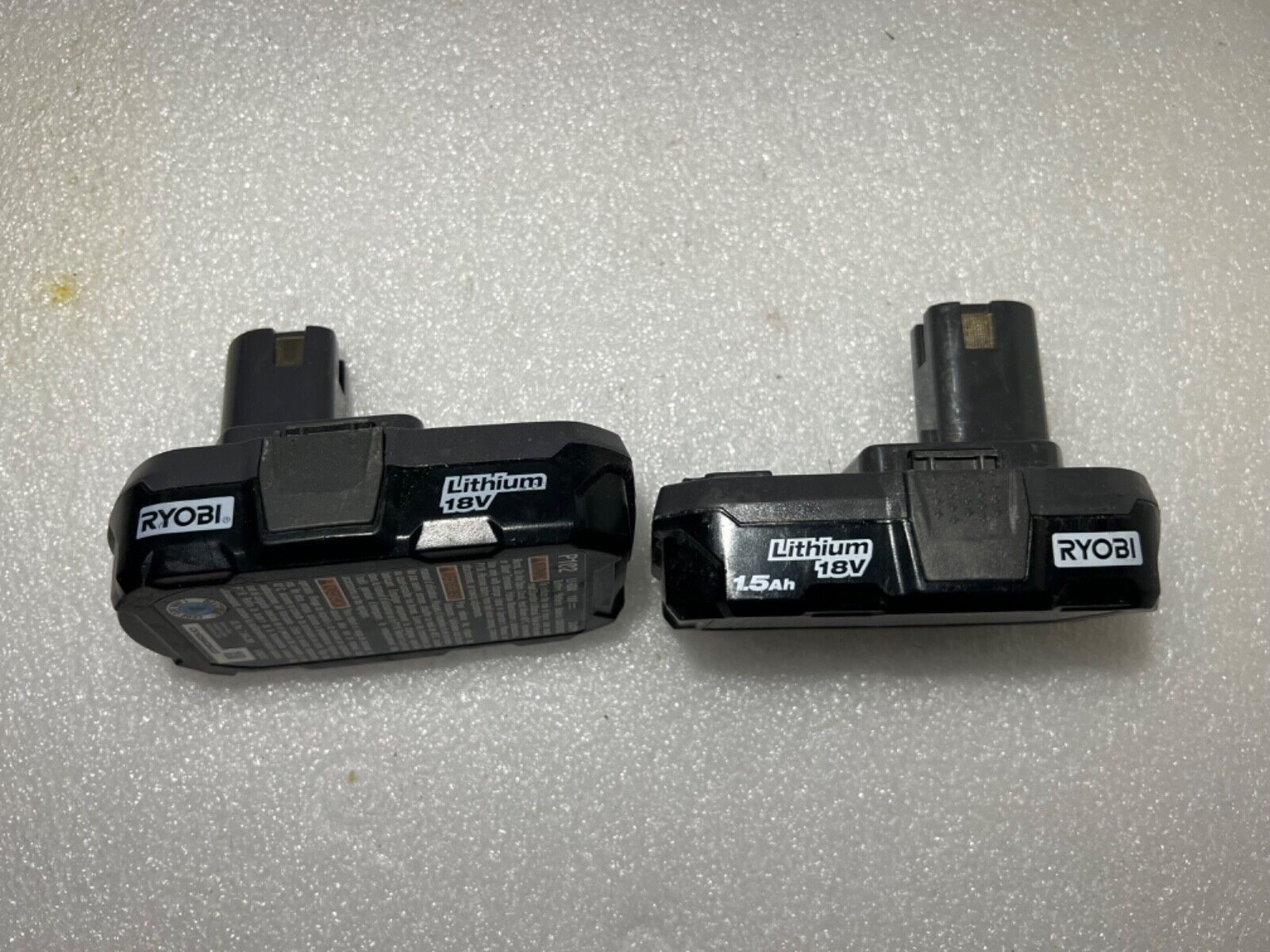

0 thoughts on “How Do I Know If My Water Pump Is Working?”